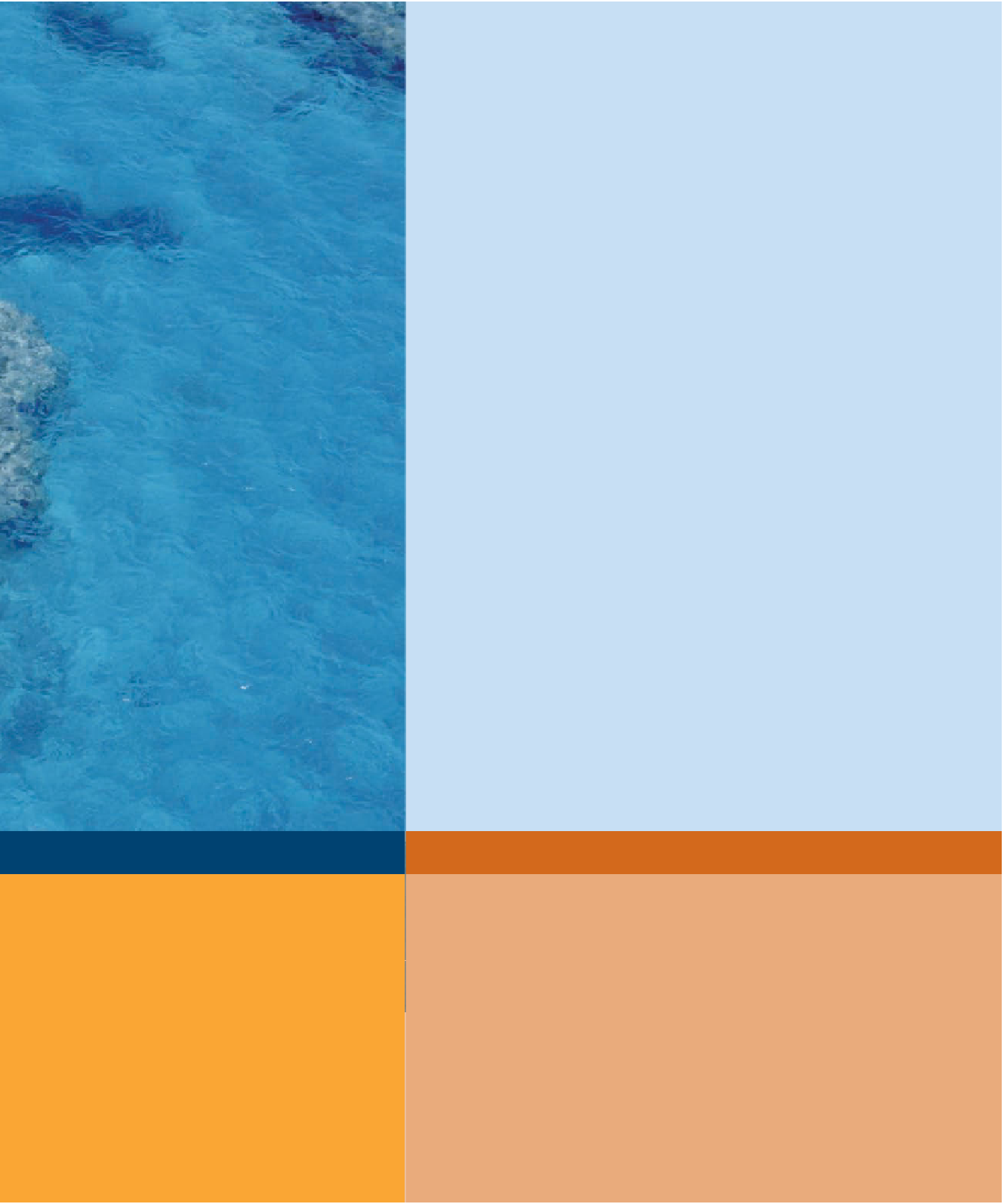Geology Reference
In-Depth Information
OUTLINE
Introduction
Exploring the Oceans
Oceanic Crust—Its Structure and Composition
The Continental Margins
What Features Are Found in the Deep-Ocean Basins?
Sedimentation and Sediments on the Deep Seafl oor
Reefs
GEO-INSIGHT:
Reefs: Rocks Made by Organisms
Resources from the Oceans
GEO-FOCUS:
Oceanic Circulation and Resources from the Sea
Geo-Recap
OBJECTIVES
At the end of this chapter, you will have learned that
Scientists use echo sounding, seismic profi ling, sampling, and
observations from submersibles to study the largely hidden seafl oor.
Oceanic crust is thinner and compositionally less complex than
continental crust.
The margins of continents consist of a continental shelf and
slope and, in some cases, a continental rise with adjacent abyssal
plains. The elements that make up a continental margin depend
on the geologic activity that takes place in these marginal areas.
Although the seafl oor is fl at and featureless in some places, it
also has ridges, trenches, seamounts, and other features.
Geologic activities at or near divergent and convergent plate
boundaries account for distinctive seafl oor features such as sub-
marine volcanoes and deep-sea trenches.
Most seafl oor sediment comes from the weathering and erosion
of continents and oceanic islands, and from the shells of tiny
marine organisms.
Organisms in warm, shallow seas build wave-resistant structures
known as reefs.
■
■
■
■
■
■
■
Heart Reef in Australia formed naturally into the shape of a heart. It is part
of the 2000-km-long Great Barrier Reef in Australia, the largest coral reef in
the world.
223
223


Search WWH ::

Custom Search